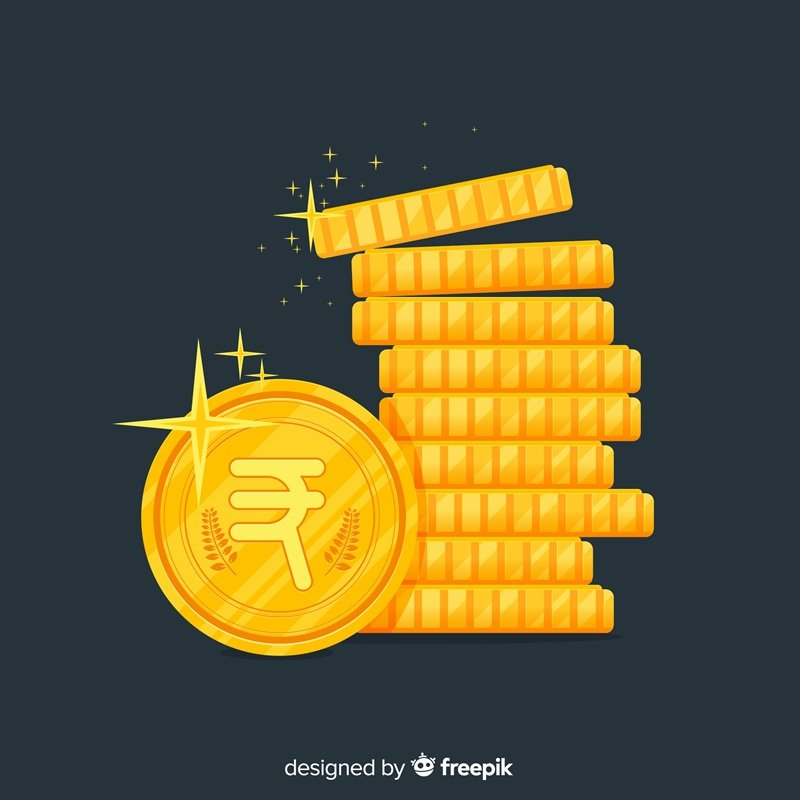
Gold has always been considered a safe haven for investors, a hedge against inflation, and a store of wealth. Over the centuries, gold has retained its appeal as a reliable investment, especially during times of economic uncertainty. With various methods available to invest in gold, it is essential to understand each option’s advantages and disadvantages. Whether you’re looking for tangible ownership or prefer a more digital approach, there are several ways to invest in gold.
1. Physical Gold (Gold Bars, Coins, and Jewelry)
One of the most traditional ways to invest in gold is by purchasing physical gold. This involves buying gold in its tangible form, such as gold bars, coins, or jewelry. Physical gold provides the comfort of owning the actual asset, but it comes with some challenges such as storage and insurance costs.
Gold Bars and Coins:
Gold bars and coins are among the most popular forms of physical gold investment. Gold bars come in various sizes, with 1-ounce, 10-ounce, and 1-kilogram bars being common. Coins such as the American Gold Eagle, Canadian Maple Leaf, or South African Krugerrand are minted by governments and are highly liquid. They also carry a premium over the spot price of gold due to their collectible nature.
Gold Jewelry:
Though buying gold jewelry is not the most efficient investment strategy, many people purchase jewelry as a form of wealth preservation. However, jewelry is subject to fashion trends and craftsmanship costs, which can affect its resale value. If the goal is to invest purely in gold, jewelry may not provide the same value as coins or bars.
Pros of Physical Gold:
- Tangible asset you can hold and store.
- A safe haven during economic or geopolitical instability.
- No counterparty risk; it’s an asset you own outright.
Cons of Physical Gold:
- Requires secure storage and insurance.
- High premiums and transaction costs (e.g., dealer markups).
- Difficult to quickly liquidate or sell at a fair price.
2. Gold ETFs and Funds of Funds (FOFs)
For investors who prefer the convenience and liquidity of paper-based gold investments, Gold ETFs (Exchange-Traded Funds) and Gold Funds of Funds (FOFs) are excellent alternatives. These financial products track the price of gold or gold-related assets, offering a simpler and more liquid way to gain exposure to gold prices without owning the physical metal.
Gold ETFs:
Gold ETFs are investment funds that hold physical gold or gold-related assets and trade on stock exchanges. These funds aim to mirror the price of gold by investing in gold bars stored in vaults. Popular gold ETFs include the SPDR Gold Shares (GLD) and iShares Gold Trust (IAU). These funds can be bought and sold on the stock market, making them highly liquid.
Gold Funds of Funds (FOFs):
Gold Funds of Funds (FOFs) are mutual funds that invest in other gold-related funds, such as gold mining stocks or gold ETFs. FOFs offer a diversified exposure to the gold sector by investing in a range of assets, from gold mining companies to physical gold holdings. This method is suitable for those who want diversified exposure to gold while avoiding the complexity of managing individual investments.
Pros of Gold ETFs and FOFs:
- High liquidity and ease of buying and selling.
- No need for physical storage or security.
- Lower management fees compared to actively managed funds.
- Diversification through Gold FOFs.
Cons of Gold ETFs and FOFs:
- Management fees, though typically lower than mutual funds, can reduce returns.
- No direct ownership of physical gold.
- The value of ETFs and FOFs can fluctuate based on gold market trends and fund performance.
3. Digital Gold
Digital gold has emerged as a modern and convenient way to invest in gold. It allows investors to buy, hold, and sell gold digitally without dealing with physical gold. In digital gold, the investor owns real gold stored in a vault, but the transaction and storage are entirely digital. This method provides the benefits of ownership without the challenges of storage and security.
How Digital Gold Works:
Several platforms offer digital gold services, where investors can buy fractional gold through their app or website. The gold is stored in secure vaults by the platform’s custodian, and investors can buy or sell gold at any time. Some popular digital gold providers include platforms like MMTC-PAMP and Digital Gold (by various banks).
Pros of Digital Gold:
- Ease of buying and selling gold with no physical handling required.
- Ownership of real gold stored in secure vaults.
- Convenient and flexible investment option.
- Allows for fractional ownership, making it easier for small investors to start.
Cons of Digital Gold:
- Storage fees may apply.
- Requires trust in the digital platform managing the gold.
- Not suitable for investors who prefer holding the physical asset.
4. Sovereign Gold Bonds (SGBs)
Sovereign Gold Bonds (SGBs) are government-backed securities that offer a way to invest in gold without buying the physical metal. Issued by governments (such as the Indian government), these bonds are linked to the price of gold and provide returns in the form of gold appreciation and periodic interest payouts.
How Sovereign Gold Bonds Work:
SGBs are issued by the government in denominations of grams of gold. When you invest in these bonds, you are essentially buying gold in paper form, and the price of the bond reflects the market price of gold. In addition to capital appreciation from the increase in gold prices, SGBs also offer an annual interest payment (usually around 2-3%) on the principal amount.
Pros of Sovereign Gold Bonds:
- No need for physical storage or security.
- Provides annual interest income along with capital appreciation.
- Backed by the government, making them a low-risk investment.
- Exempt from capital gains tax if held until maturity (in certain jurisdictions).
Cons of Sovereign Gold Bonds:
- Long lock-in period (typically 8 years).
- No liquidity before maturity (though bonds can be traded on exchanges after a certain period).
- Returns are tied to gold price movements, so there’s no guarantee of significant gains.
5. Gold Savings Schemes (Saving Instruments)
Gold savings schemes are offered by banks, jewelers, and financial institutions as a way to invest in gold over time. These schemes allow investors to accumulate gold through regular monthly deposits, which are converted into gold either in the form of jewelry, coins, or bars.
How Gold Savings Schemes Work:
These schemes usually involve investing a fixed amount of money every month for a specific period (such as 6 to 12 months). At the end of the term, the accumulated amount is converted into gold, either in physical form or credited to an investor’s account in the form of gold units. Some schemes may offer a bonus or discount on making the final gold purchase. Popular gold savings schemes are offered by banks such as SBI Gold Scheme and Muthoot Gold Plan.
Pros of Gold Savings Schemes:
- Affordable way to accumulate gold over time with small monthly investments.
- No need for immediate large capital outlay.
- Can often redeem the accumulated gold in physical form, which is useful for making purchases like jewelry.
Cons of Gold Savings Schemes:
- The gold price may fluctuate during the savings period, affecting final returns.
- Some schemes may carry fees, making the investment less profitable.
- Gold may be locked in until the end of the scheme, reducing liquidity.
Conclusion
Gold remains one of the most popular and versatile investment options, and with the various methods available, investors can choose the one that best suits their investment goals and risk tolerance. Whether you’re looking to own physical gold, invest in a gold-backed ETF, participate in digital gold, or explore government-backed Sovereign Gold Bonds, there are plenty of ways to gain exposure to this precious metal. Each method has its own set of benefits and drawbacks, so it’s important to understand your financial objectives and choose the gold investment strategy that aligns with them.






